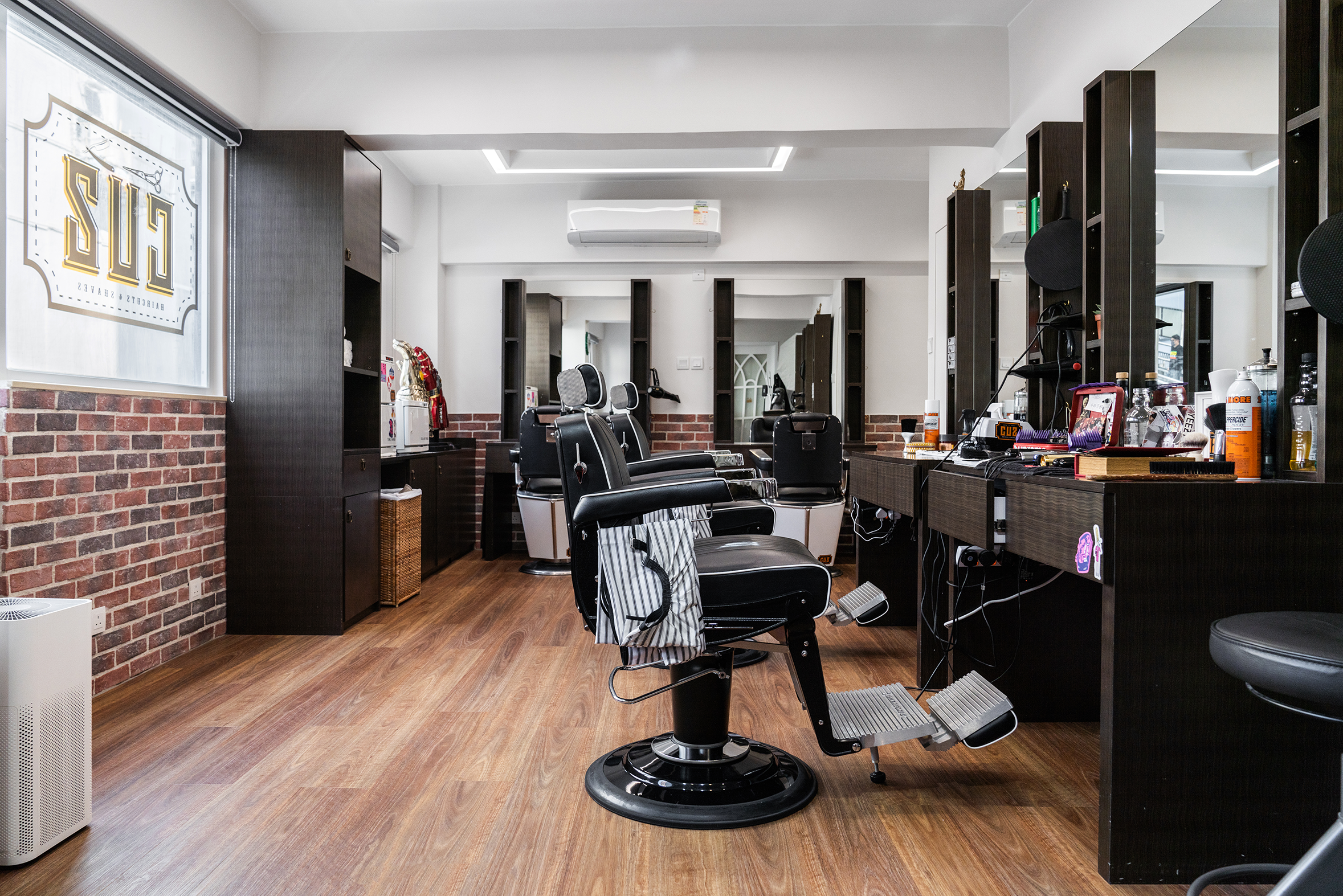Securing Patron Welfare By means of Efficient Safety and Protection Regulations within the Barbering Field
Securing Patron Welfare By means of Efficient Safety and Protection Regulations within the Barbering Field
Blog Article
This barbering sector holds a crucial position in individual care and self-maintenance. Nonetheless, it is vital to emphasize the wellness and security of both customers and stylists in this environment. Effective health and safety regulations are crucial for maintaining hygiene standards, preventing accidents, and ensuring a positive experience for everyone involved. By following these regulations, barbers can establish a safe environment that encourages confidence and ease among patrons.
One critical component of health and safety in grooming is cleanliness. Barbers must adhere to strict cleaning protocols, including frequent disinfecting of tools and stations. This involves disinfecting shears, trimmers, and combs after every use to eliminate the risk of spreading bacteria or contamination. Moreover, barbers should use clean gowns and linens for each client to promote a hygienic setting. Applying these measures not only safeguards clients but also boosts the reputation of the barbering establishment.
An additional critical requirement addresses the proper handling of chemicals used in styling services. Items such as coloring agents, chemical straighteners, and other formulations can pose risks if not managed correctly. Stylists must adhere to protective protocols for the containment and application of these chemicals to prevent skin irritations or allergic reactions among clients. Using protective gear and providing adequate ventilation during treatments are essential steps that barbers should implement to protect customer well-being while offering high-standard services.
Accident prevention is also review a vital component of health and safety regulations in barbering. Salons should be arranged with precaution in mind, minimizing hazards such as slippery floors or cluttered workspaces. Staff should be trained in emergency procedures, including how to manage lacerations or thermal injuries that may happen during treatment. Supplying medical supplies and confirming that all team personnel know their placements is an effective way to anticipate unforeseen events. By emphasizing preventative actions, practitioners can maintain an atmosphere where clients feel secure and cared for.
Finally, effective communication is key to ensuring client wellbeing in the barbering industry. Barbers should consult patrons about their preferences and any possible concerns linked to the treatments provided. This involves discussing allergies to products or prior negative experiences reported by individuals. By encouraging honest communication, professionals can develop trust with their clients while click over here ensuring that they receive personalized care aligned with their unique needs. In the end, upholding wellness and protection regulations will lead to improved client satisfaction and a successful haircare practice.